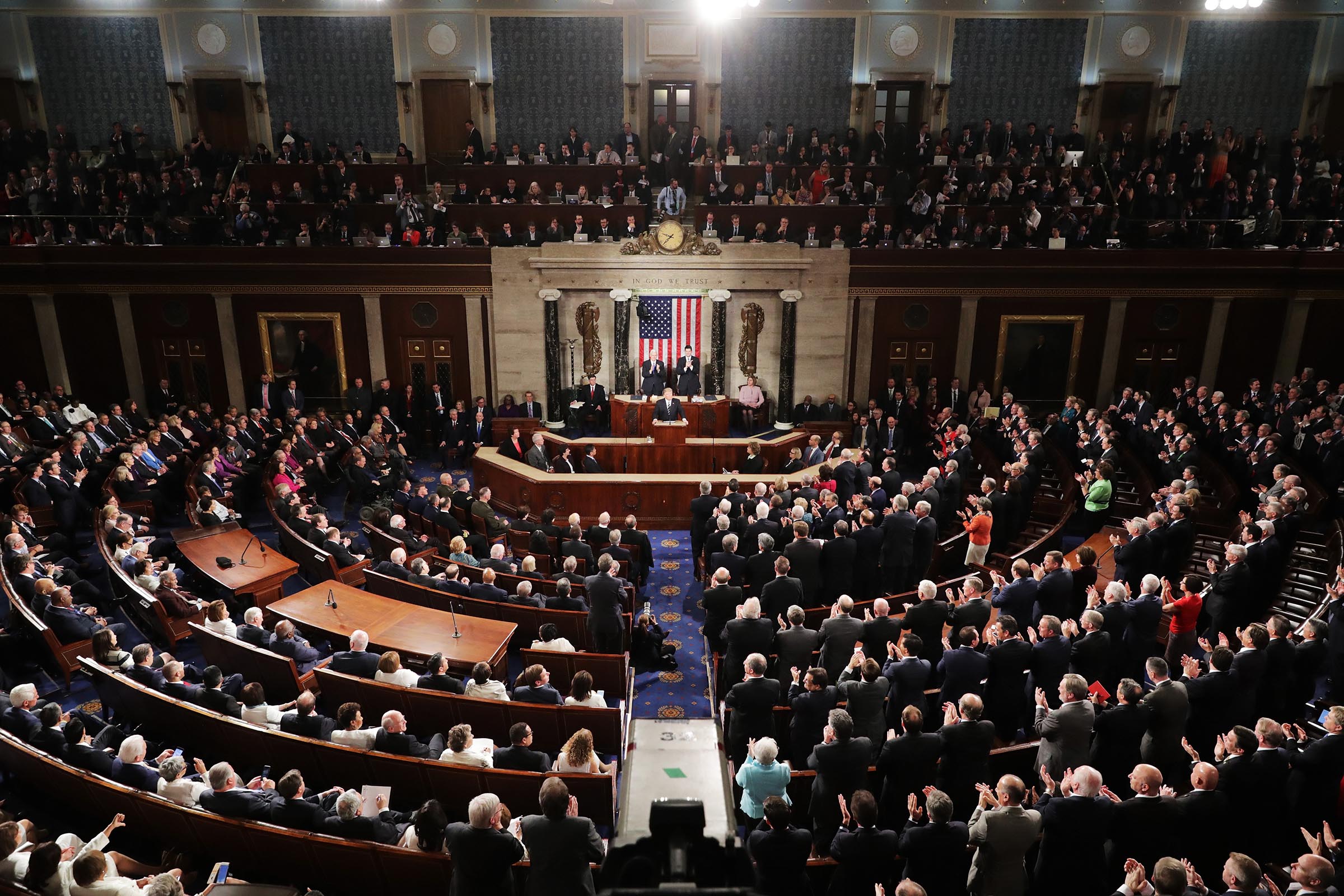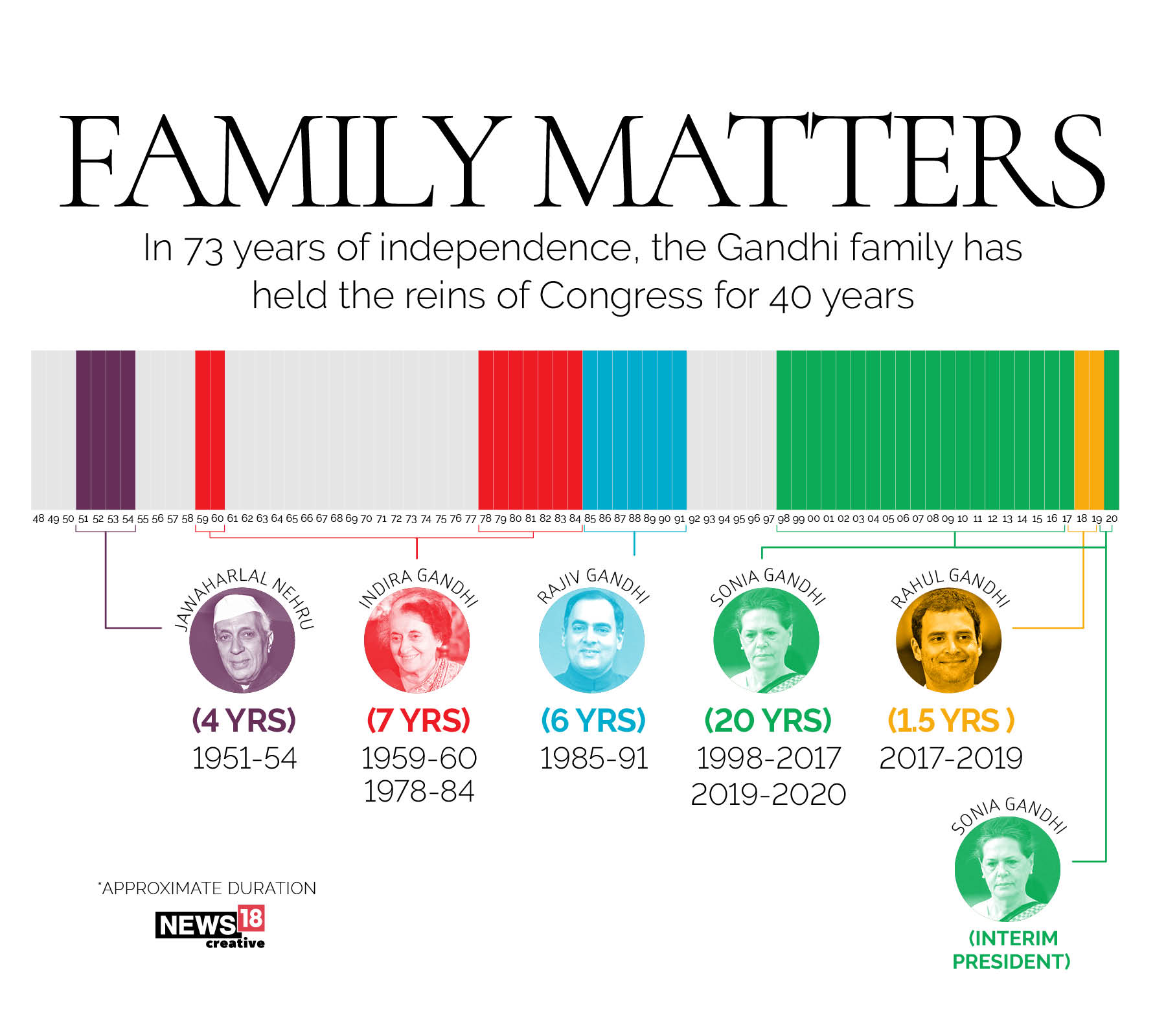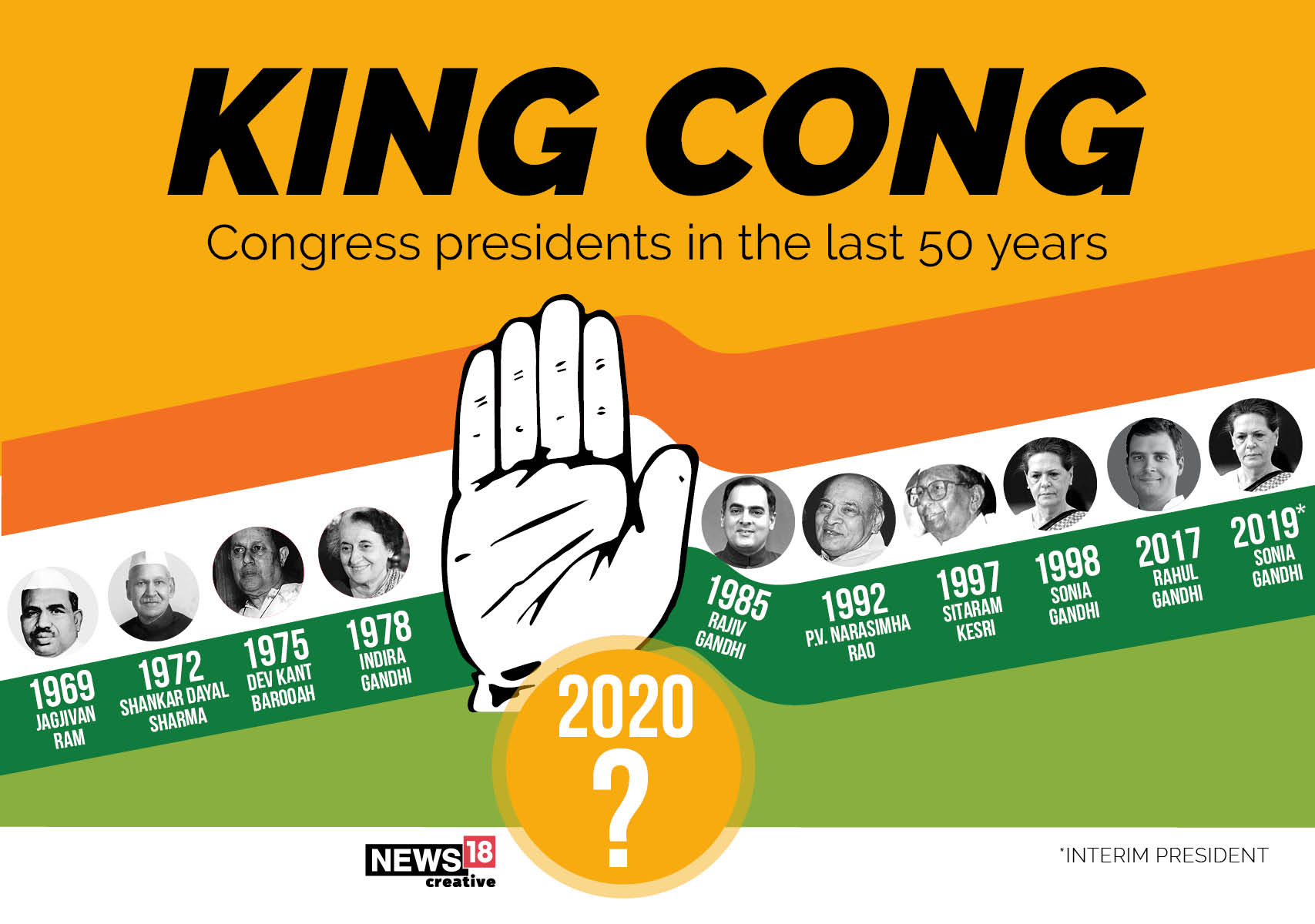Understanding Unified Government: When Was The Last Time President And Congress Were The Same Party?
Have you ever wondered about how our government works, particularly when one political group seems to hold all the cards? It's a pretty interesting setup, you know, when the same party controls both the White House and the legislative branch. This arrangement, where the president's party also has the majority in both the House of Representatives and the Senate, is what we call a "unified government." It's a situation that, in some respects, can make a lot of things move a bit more smoothly, or so it seems.
When one party has unified control, it typically means they have a clearer path to pass their desired laws and policies. There's less friction, perhaps, between the executive and legislative parts of the government. It's almost like everyone is rowing in the same direction, at least on paper. This kind of alignment can really shape the direction the country takes, and that, is that, something many people watch very closely.
So, the big question many folks ask is, "When was the last time President and Congress were the same party?" It's a good question, because it doesn't happen all the time, and when it does, it's often a significant period in our nation's story. We're going to explore this topic a little, looking at how often it occurs and some key moments in history when it did.
Table of Contents
- What is a Unified Government, Anyway?
- How Often Does This Happen? A Look at History
- Recent Times: A Closer Look at Unified Control
- Historical Shifts and Significant Moments
- Why Does Party Control Matter?
- Frequently Asked Questions About Unified Government
What is a Unified Government, Anyway?
A unified government, as we mentioned, is when the president's party holds the majority in both chambers of Congress. This means the same political group has control of the White House, the Senate, and the House of Representatives. It's a pretty straightforward idea, really, but its impact can be quite big. You know, it's about alignment.
The Basics of Party Control
For a government to be truly unified, the president's party needs to win enough seats in both the House and the Senate to hold a majority. This majority allows them to more easily pass legislation, approve appointments, and generally move their agenda forward. It's like having a clear path, you could say, without too many roadblocks from the other side.
Sometimes, this control can be very strong, with a large number of seats. Other times, it might be just a slight majority, which means things can still be a bit tricky. The vice president, for example, plays a role in the Senate, breaking ties if needed. During most of the 117th Congress, for instance, Vice President Kamala Harris, a Democrat, was there for that purpose, which is that, pretty important.
How Often Does This Happen? A Look at History
It might feel like unified government is rare, but it's happened a fair bit throughout our history. Since 1857, the government has been unified 48 times. That's a pretty significant number, when you think about it. It shows that while it's not the constant state, it's certainly not unheard of, either.
Democratic Control Instances
Of those 48 times, Democrats have held unified control for 23 periods. They've had this advantage more often than Republicans since 1945, with 12 instances compared to 5 for the Republicans. So, in some respects, Democrats have seen this kind of complete control a bit more frequently in recent decades. It's just how the numbers worked out, apparently.
Republican Control Instances
Republicans, on the other hand, have had unified government 25 times since 1857. While fewer in recent times, they've certainly had their share of periods with full control. The last time Republicans controlled both the presidency and Congress was in 1928, and you know, the U.S. sunk into the Great Depression within a year of that. That's a pretty big historical note, for sure.
Recent Times: A Closer Look at Unified Control
Let's talk about more recent memory. It hasn't been all too long since any one party controlled the White House along with both the Senate and the House. These recent examples give us a clearer picture of how it looks in our modern political landscape. It's very much a part of our recent past.
The Biden Era: A Recent Example
The last time the nation saw a unified government was during President Joe Biden’s first two years in office. When he was sworn in, Democrats held both chambers of Congress, along with the presidency. This gave his administration a window to pass significant legislation. That shifted, however, when Republicans regained control over the House after the midterm elections, which is what often happens, actually.
So, you see, unified control can be a bit fleeting. It's common at the beginning of a new president’s term, but it often changes after the following midterm election. There has only been one presidency since 1969 where control has lasted beyond that first midterm. That just goes to show how quickly things can change in Washington, you know.
The Bush Years: Early 2000s
Republicans had unified control from January 2003 to January 2007 under President George W. Bush. This was a significant period where his party held the White House, both chambers of Congress, and a majority on the Supreme Court. It was, in a way, a time of strong Republican influence across all branches of the federal government. This was the last year one party controlled all three branches, actually, back in 2007.
Obama's First Term: A Brief Period
In 2009, after Barack Obama was sworn in as president, Democrats had unified control for a period. This allowed his administration to push through some major policy changes early on. However, this period of complete control was relatively brief, as political dynamics often shift. It's just how the system tends to work, after all.
A Glimpse Back: Carter's Presidency
Democrats also had unified control during Jimmy Carter’s presidency, from January 1977 to January 1981. This was another time when the Democratic party held both the executive and legislative branches. These periods of unified government, you know, they really stand out in the historical record. They show how the tides of political power can turn, more or less.
Historical Shifts and Significant Moments
Looking further back, we can see how the very structure of government terms has changed, impacting how often we might see unified control. It's a pretty interesting historical tidbit, really, about how things used to be.
Before 1933: A Different Calendar
From 1789 until 1933, the terms of the president and vice president, and the term of Congress, coincided. They all began on March 4 and ended on March 3. This changed when the 20th Amendment was passed, moving the start of terms to January. This shift, you know, changed the rhythm of transitions and how long a new president might have unified control right at the start.
It's worth noting that even with this change, the core idea of party control remains the same. The focus is always on who holds the most seats. The system is designed, in some respects, to have checks and balances, so unified control is never a given for long periods. It's a delicate balance, you know, that often shifts.
When Things Don't Line Up: Split Government
When the president's party does not control both chambers of Congress, we call that a "split government." This is actually quite common. In fact, our government has only been united 17 times in total since 1945. So, most of the time, the government is not unified, which is that, a pretty big deal.
Split congresses can still achieve a lot, though. For example, they dramatically overhauled the nation's tax code when Ronald Reagan was president. They also passed landmark legislation addressing equal pay in the workplace, and they even ended some big things. So, just because the parties are different, it doesn't mean nothing gets done, which is a common misconception, arguably.
Sometimes, things get really interesting, too. Jim Jeffords, for instance, left the Republican Party and became an independent. He then caucused with Democrats, shifting control in the Senate. That's a pretty unique event, you know, that really highlights how individual choices can impact party control. Learn more about political systems on our site, and link to this page here for more insights.
Why Does Party Control Matter?
Understanding when the president and Congress are the same party matters because it often impacts how quickly and easily new laws get passed. When there's unified control, it's typically easier for the president to get their agenda through the legislative process. This can lead to big changes in policy, you know, pretty fast.
However, it's not always a guarantee of smooth sailing. Even with unified control, there can be disagreements within the party. But generally, it removes one major hurdle: opposition from the other major party in Congress. It's just a different dynamic, that's for sure. It's very much about how power is distributed and used.
Since 1945, both branches of Congress and the presidency have been controlled by the same party only 17 times, which amounts to about 34 years in total. Democrats have held this advantage more often than Republicans during this period, 12 to 5. So, while it happens, it's not the default setting, you could say. It's a rather specific alignment.
Even when parties work together, it's notable. After the USSR launched Sputnik in 1957, President Dwight Eisenhower, a Republican, called on Congress to support a stronger American space program. Both parties worked together to create something big, which just goes to show that cooperation can happen even without unified control. It's pretty inspiring, in a way, to see that kind of teamwork.
Frequently Asked Questions About Unified Government
When was the last time one party controlled all three branches of the federal government?
The last year one party controlled all three branches of the federal government was 2007. During that time, Republicans held the White House, both chambers of Congress, and a majority on the Supreme Court. That's a pretty rare alignment, you know, to have control across all three. It shows a moment of significant political dominance for one party, very much so.
Has a single party always controlled both the executive and legislative branches?
No, a single party has not always controlled both the executive and legislative branches. In fact, our government has only been united 17 times since 1945. This means that for most of the time, we've had a split government, where different parties control the presidency and at least one chamber of Congress. It's just the way things often play out, you know, in our system.
How many times has the government been unified since 1945?
Since 1945, the government has been unified 17 times, meaning the same party controlled both branches of Congress and the presidency. Democrats have held this advantage more often than Republicans during this period, with 12 instances compared to 5 for Republicans. So, it happens, but not as often as you might think, which is, perhaps, a surprise to some. You can find more historical data on this topic from sources like The American Presidency Project, which is a great resource.

Congress Has Always Been Partisan. That's a Good Thing. | TIME

Timeline: Congress Party Presidents Of The Last 50 Years - Forbes India

Timeline: Congress Party Presidents Of The Last 50 Years - Forbes India